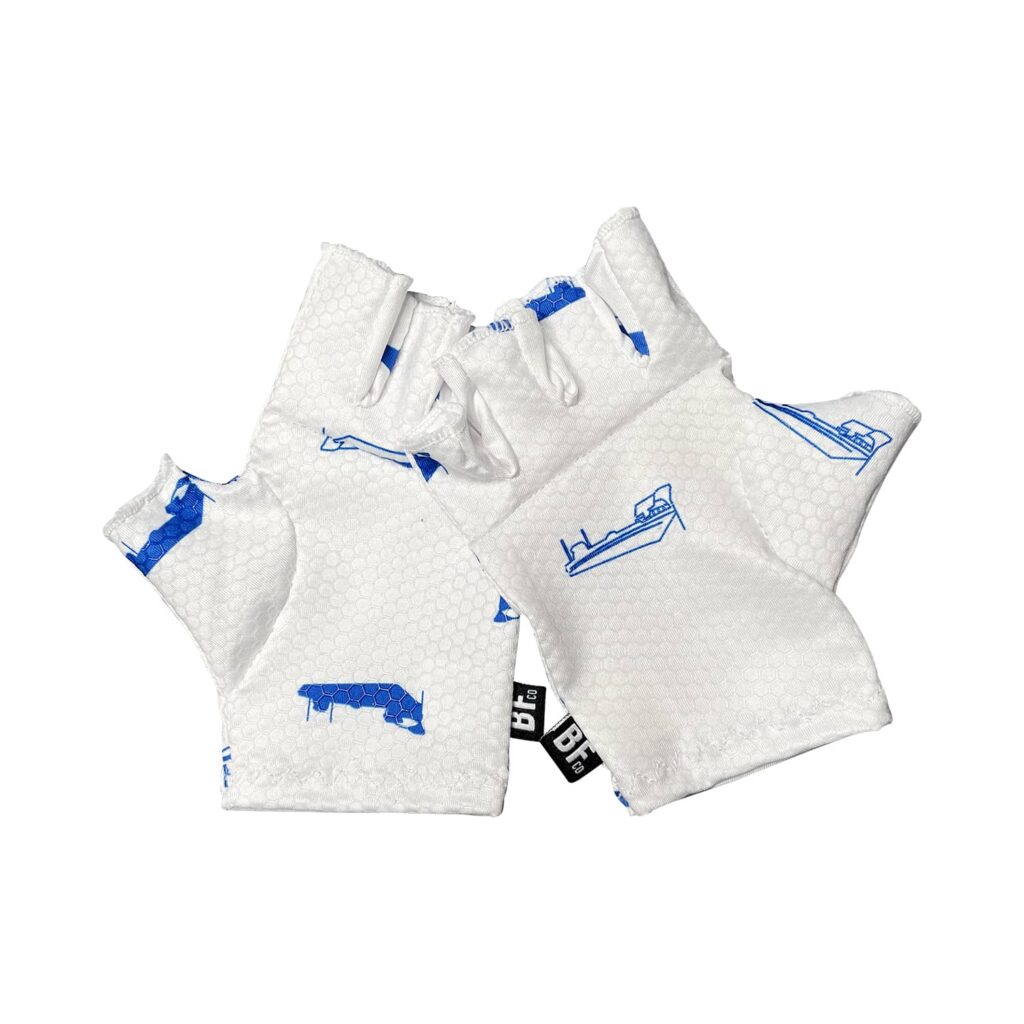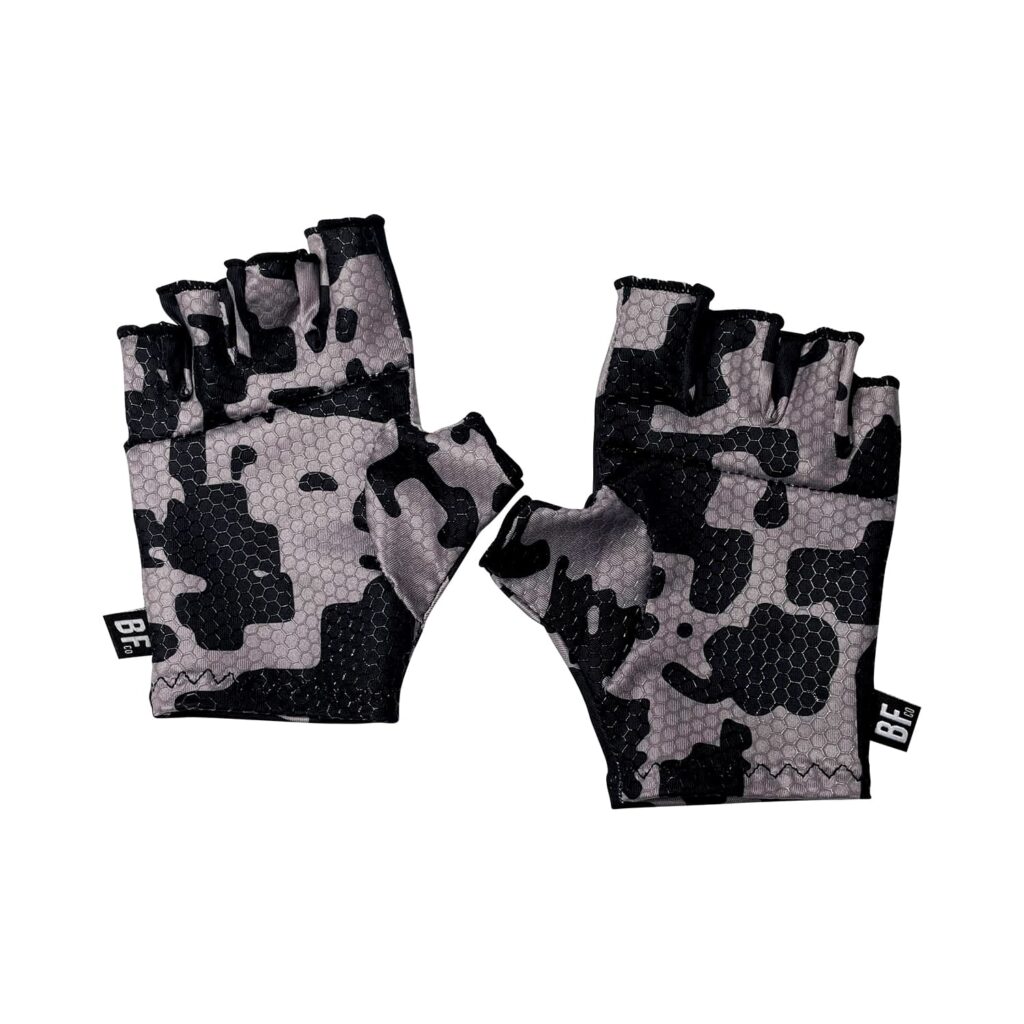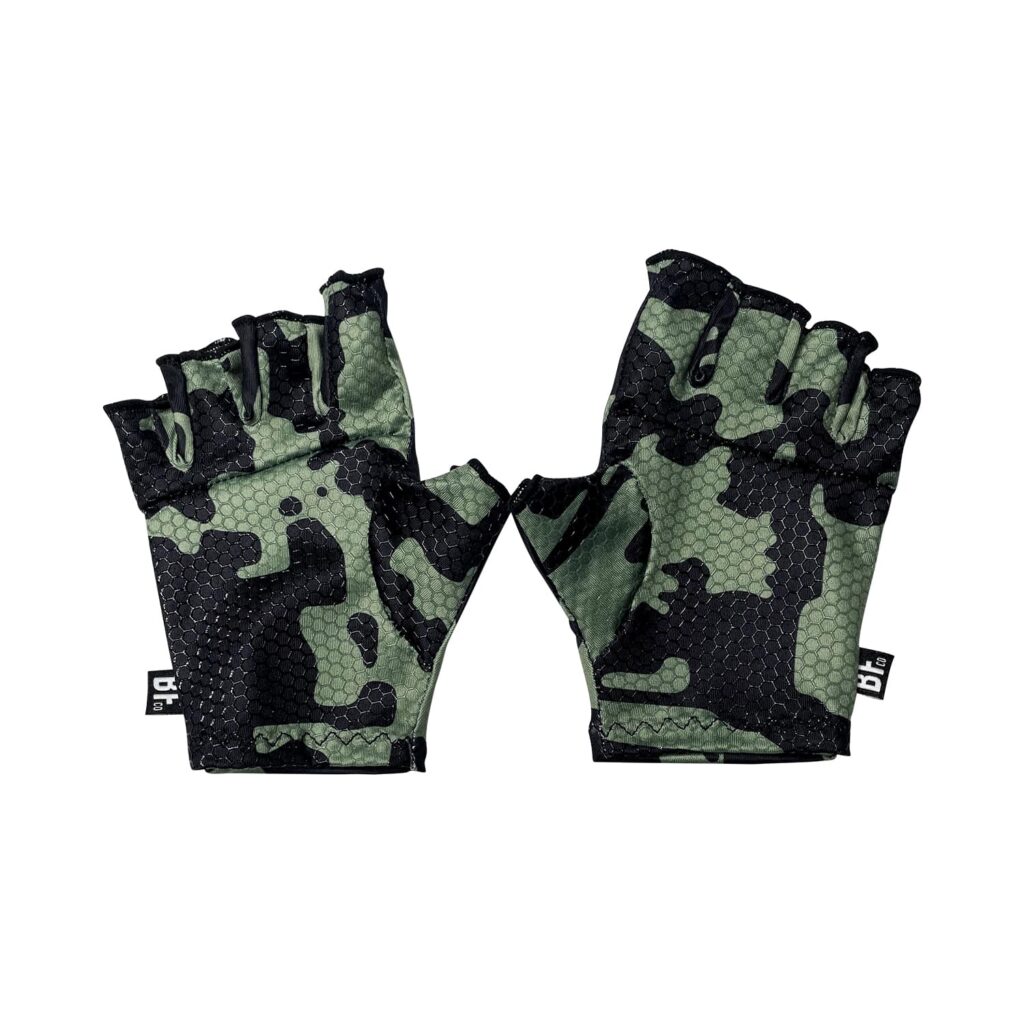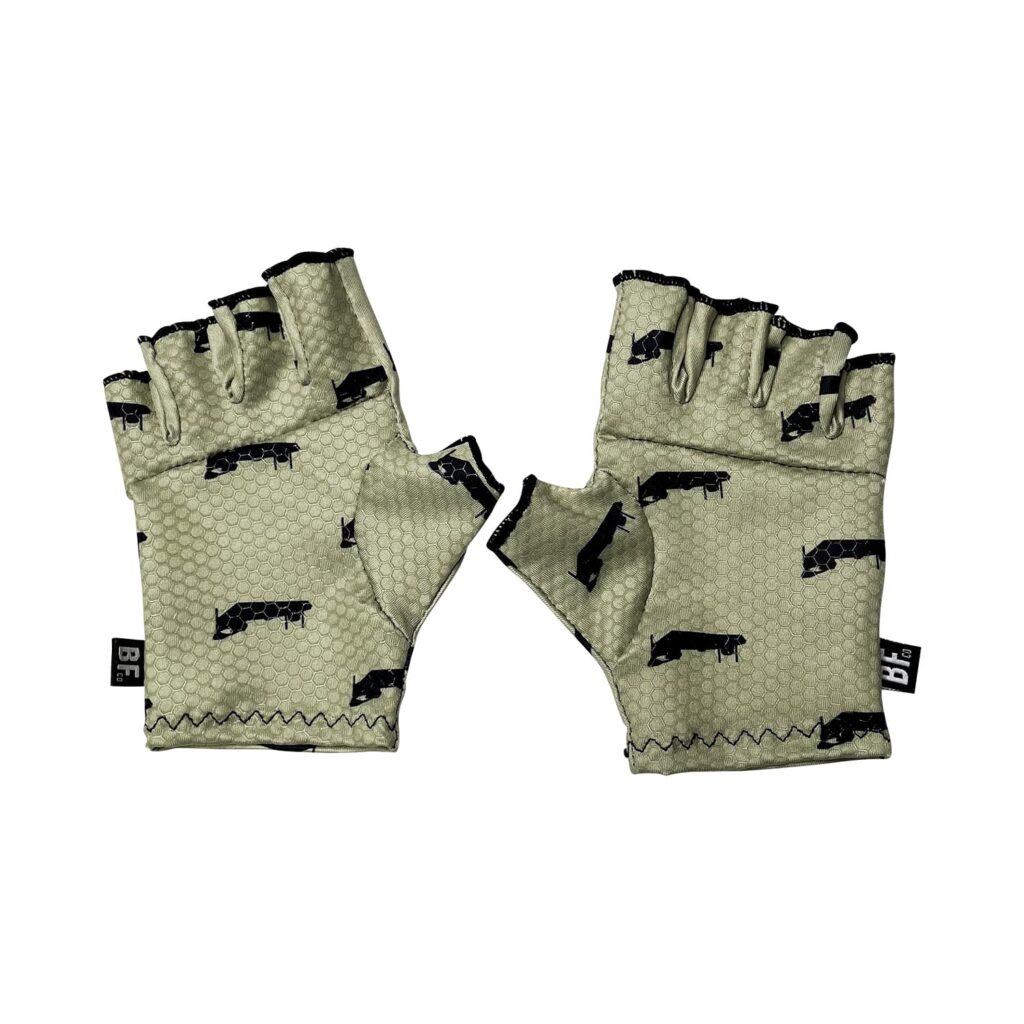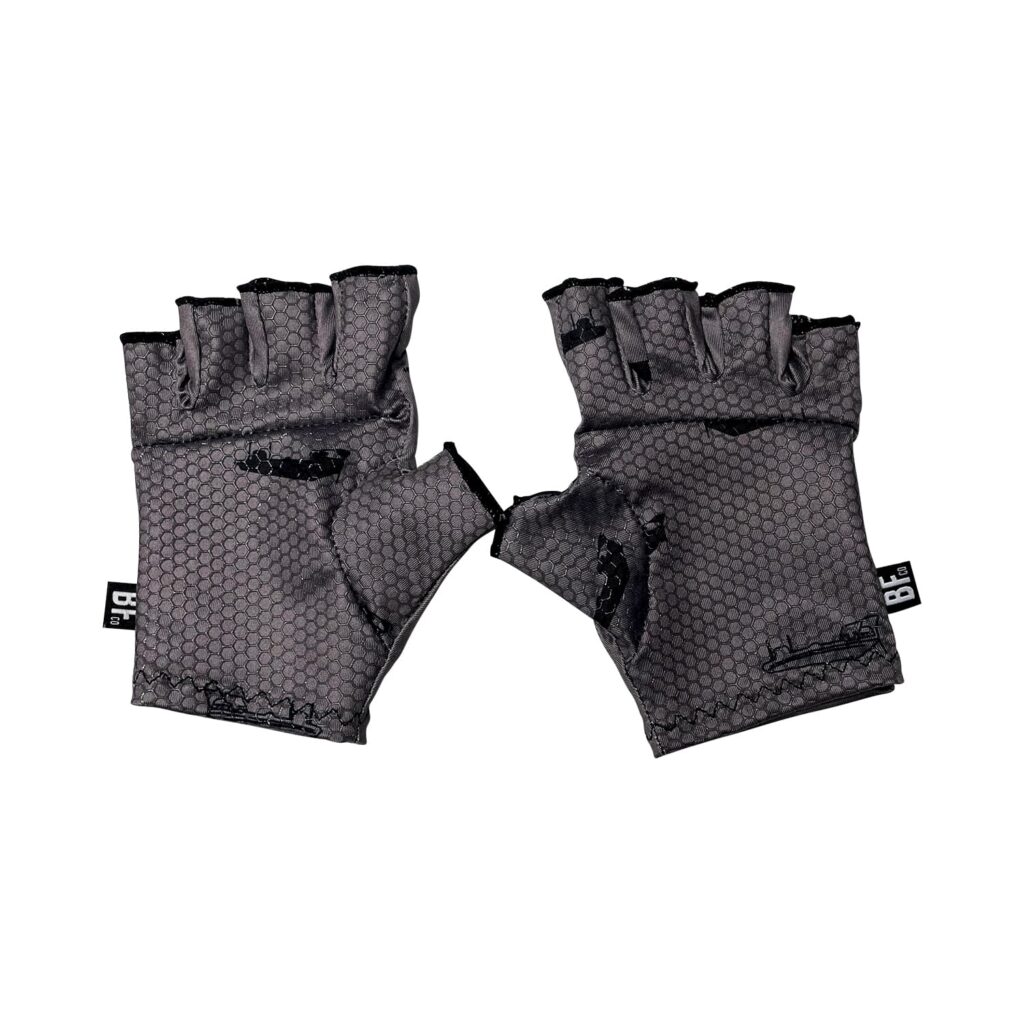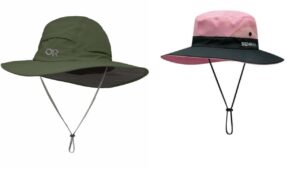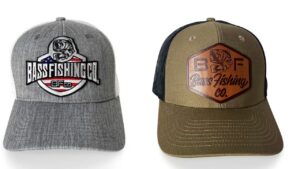Free Shipping over $50+ Order..
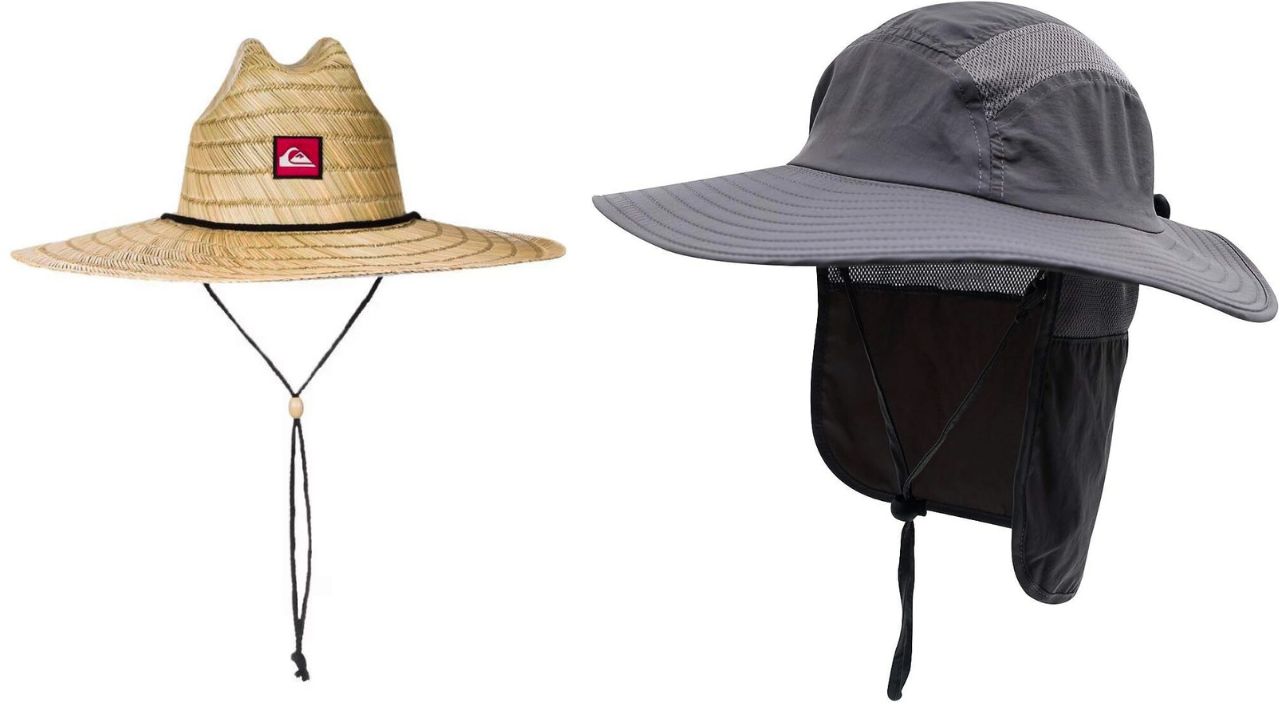
How Much Sun Protection Does a Hat Provide
In the pursuit of maintaining healthy skin, safeguarding ourselves from the harmful effects of UV radiation is paramount. In this article, we will come to know how much sun protection a hat provides. Amidst various sun protection methods, hats emerge as a crucial shield against these harmful rays. As we venture into the realm of sun protection, it’s essential to recognize the pivotal role that hats play in providing a physical barrier that wards off the potential dangers of UV radiation. Let’s delve into the world of sun UPF hats and explore how they contribute to our overall well-being under the sun’s gaze.
The Role of Hats in Sun Protection
In the following, we will discover how much sun protection a hat provides:
The level of sun protection provided by a hat depends on factors like its UPF rating, materials, design, and coverage. A hat with a higher UPF rating and wider brim can offer better protection, shielding your face, neck, and ears from harmful UV rays. While hats play a significant role, using them in conjunction with other sun protection methods like sunscreen and shade ensures comprehensive sun safety.
Physical Barrier Against UV Rays: Hats act as a physical shield that blocks or reduces direct exposure to UV radiation from the sun. The brim of a hat creates a barrier that shades the face, neck, and ears, preventing them from absorbing excessive UV rays.
Protection of Sensitive Areas: Sensitive areas of the body, such as the face, neck, and ears, are particularly vulnerable to sunburn and skin damage caused by UV radiation. Hats provide an extra layer of protection to these areas, helping to minimize the risk of sunburn, premature aging, and potential skin cancer development.
Complementary to Other Sun Protection Methods: While sunscreen is an essential sun protection method, it needs to be reapplied regularly and may not provide complete coverage. Hats complement sunscreen by offering continuous protection, especially during outdoor activities. Wearing a hat can help reduce the amount of sunscreen needed and enhance overall sun safety.
Coverage for Bald Heads: People with bald heads or thinning hair are at a higher risk of sunburn on the scalp. Hats offer effective protection for these areas, reducing the risk of sun damage and potential skin issues.
Consistent Protection: Unlike sunscreen that may wear off or be affected by factors like water and sweat, a hat provides consistent protection throughout the time it’s worn. This reliability is particularly valuable during prolonged outdoor exposure.
Versatile and Fashionable: Sun protection hats come in various styles, including wide-brimmed hats, bucket hats, visors, and more. This versatility allows individuals to choose a hat that suits their preferences and complements their outdoor activities while still offering effective sun protection.
Factors Affecting Sun Protection
UPF (Ultraviolet Protection Factor) Rating: The UPF rating of a hat indicates its ability to block UV radiation. Similar to the SPF rating for sunscreen, a higher UPF rating signifies better protection. For instance, a hat with a UPF 50+ rating offers excellent sun protection by blocking more than 98% of UV rays.
Materials Used in Hat Construction: The choice of materials is critical in determining a hat’s UV-blocking properties. Many sun protection hats are made from specially designed fabrics that incorporate UV-resistant materials. These materials are tightly woven to reduce the penetration of UV rays, providing enhanced sun protection.
Density and Weave: The density of the fabric weave affects its ability to block UV radiation. A tightly woven fabric with a higher thread count is more effective at blocking UV rays. The weave creates a physical barrier that reduces the amount of UV radiation that reaches the skin.
Color of the Hat: The color of a hat also plays a role in its sun protection capabilities. Darker colors tend to absorb more UV radiation, while lighter colors reflect it. However, the effectiveness of the color depends on the fabric’s UV-blocking properties. Some fabrics are designed to block UV rays regardless of their color.
Brim Size and Shape: The brim size and shape significantly impact the areas of the face, neck, and ears that the hat can effectively shade. Wide-brimmed hats offer greater coverage and protection for these areas, as they create a larger shaded area. Hats with brims that extend all the way around provide the most comprehensive protection.
Neck Flaps and Extensions: Some sun protection hats feature neck flaps or extensions at the back to shield the neck and upper back from UV radiation. These additional features increase the hat’s coverage area and offer extra protection to vulnerable areas.
Ventilation and Comfort: While sun protection is vital, wearing a comfortable hat is equally important. Many sun protection hats incorporate ventilation features like mesh panels or breathable fabrics to keep the head cool during hot weather.
Adjustable Features: Hats with adjustable cords or chin straps allow wearers to secure the hat and prevent it from being blown away by the wind. These features ensure that the hat remains in place, maintaining consistent sun protection.
Wide-Brimmed Hats: Wide-brimmed hats offer extensive coverage, effectively shading the face, neck, ears, and even shoulders from direct sunlight. Their large brims create a significant shaded area, reducing the exposure of sensitive skin to harmful UV radiation. These hats are particularly suitable for outdoor activities that involve prolonged sun exposure, such as hiking, gardening, and beach outings.
Bucket Hats and Visors: Bucket hats and visors provide a blend of style and functionality. These hats have a round crown and a downward-sloping brim that encircles the head, offering all-around protection. Visors, on the other hand, have an open-top design, making them cooler and more suitable for active pursuits like sports. Both styles offer shade to the face and eyes, making them versatile options for various outdoor occasions.
Reversible Sun Hats: Reversible sun hats offer the advantage of two designs in one. They typically feature a solid color on one side and a pattern or alternate color on the other. This versatility allows wearers to choose the look that suits their outfit or mood while ensuring sun protection remains consistent. These hats are popular choices for vacations, as they save space in luggage by providing two hat options in a single piece.
Wide-Brim Straw Hats: The Wide-Brim straw hats combine fashion and sun safety seamlessly. These hats are often associated with a beachy, relaxed style and offer substantial coverage. The natural straw material adds a touch of rustic charm to the hat’s appearance. Many wide-brim hats also feature decorative bands or ribbons, allowing wearers to express their personal style while enjoying sun protection.
Determining Sun Protection Levels
How to Check a Hat’s UPF Rating: To assess a hat’s sun protection level, look for its UPF (Ultraviolet Protection Factor) rating. Many sun protection hats come with a UPF tag or label indicating the level of UV protection they provide. This rating indicates the amount of UV radiation that can penetrate the fabric and reach the skin. The higher the UPF rating, the greater the level of protection.
Understanding the UPF Scale: The UPF scale ranges from 15 to 50+. A UPF rating of 15-24 provides good protection, 25-39 offers very good protection, and 40-50+ is considered excellent protection. For optimal sun safety, choose hats with higher UPF ratings, especially if you’re planning to spend extended periods in direct sunlight. These hats effectively block a higher percentage of UV radiation, reducing the risk of skin damage.
Choosing Hats with Higher UPF Ratings: Hats with higher UPF ratings offer enhanced sun protection by blocking a greater amount of UV rays. When selecting a hat, consider your planned activities and the duration of sun exposure. If you’re engaged in outdoor activities with prolonged sun exposure, such as hiking, fishing, or beach outings, opt for hats with UPF ratings of 50+ for maximum protection. When in doubt, choose a hat with a higher UPF rating to ensure comprehensive sun safety.
Practical Sun Protection Tips
Pairing Hats with Sunglasses, Sunscreen, and Protective Clothing: While a sun protection hat provides valuable coverage, it’s essential to combine it with other protective measures. Wear sunglasses with UV-blocking lenses to shield your eyes from harmful UV rays. Apply a broad-spectrum sunscreen to exposed skin, even underneath your hat, to ensure complete protection. Additionally, consider wearing lightweight, long-sleeved clothing and pants to cover arms and legs.
Selecting Hats with Added Features: Opt for sun protection hats that come with additional features designed for enhanced coverage. Hats with neck flaps provide extra protection for the neck and ears, which are sensitive areas prone to sunburn. Chin straps keep your hat secure in windy conditions, preventing it from blowing off and leaving your face exposed to the sun.
Using Hats in Different Outdoor Activities: Sun protection hats are versatile accessories suitable for a wide range of outdoor activities. Whether you’re hiking, fishing, gardening, or enjoying a day at the beach, wearing a hat offers consistent sun protection. Consider the specific needs of your activity—choose a wide-brimmed hat for extended outdoor exposure, a visor for activities requiring greater visibility, or a reversible sun hat for versatile styling.
Limitations and Considerations
Recognizing Partial Protection: While hats offer valuable sun protection for the head, face, neck, and ears, it’s important to acknowledge that they don’t provide complete coverage for the entire body. Other exposed areas like arms, hands, and legs are still susceptible to UV radiation. Therefore, it’s essential to adopt a comprehensive approach to sun safety by combining hats with other protective measures.
Being Mindful of Hat Fit and Comfort: During prolonged sun exposure, the fit and comfort of your sun protection hat play a crucial role in your overall comfort. A hat that is too tight or uncomfortable can become a distraction and may discourage you from keeping it on. Prioritize hats with adjustable features like chin straps or cords to ensure a snug yet comfortable fit that won’t cause discomfort over time.
Incorporating Multiple Sun Protection Strategies: While wearing a sun protection hat is a valuable component of sun safety, it’s most effective when used in conjunction with other protective strategies. Pair your hat with sunglasses that offer UV protection to shield your eyes and the delicate skin around them. Apply sunscreen to exposed skin areas and consider wearing long-sleeved clothing for enhanced protection.
Comparing Hat Sun Protection with Other Methods
Comparing Hat Protection with Sunscreen and Shade: Hat protection, sunscreen application, and seeking shade are all valuable methods of safeguarding yourself from harmful UV radiation. While hats provide a physical barrier against UV rays and cover sensitive areas like the face, neck, and ears, sunscreen creates a protective layer on exposed skin. Seeking shade further reduces direct sun exposure. Each method has its strengths: hats offer continuous protection without reapplication, sunscreen provides targeted coverage for skin, and shade offers relief from direct sunlight.
Understanding How Hats Complement Other Protective Measures: Hats play a vital role in a comprehensive sun protection routine. When combined with sunscreen and shade, hats provide an additional layer of defense against UV radiation. The brim of a wide-brimmed hat, for instance, can extend the shade over your face and neck. Wearing a hat along with applying sunscreen to exposed skin areas ensures that you’re reducing your overall sun exposure and minimizing the risk of sunburn and skin damage.
Highlighting the Importance of a Well-Rounded Sun Protection Routine: Optimal sun protection involves a multi-pronged approach. Hats, sunscreen, and shade work together synergistically to provide comprehensive coverage. A wide-brimmed hat shields your face while sunscreen guards your skin, and seeking shade offers a break from direct sun. By incorporating multiple protective methods, you create a stronger defense against UV radiation and promote long-term skin health.
Best hats for sun protection men’s
Sunday Afternoons Adventure Hat: Its UPF 50+ rating, neck flap, and ventilation make it perfect for outdoor activities.
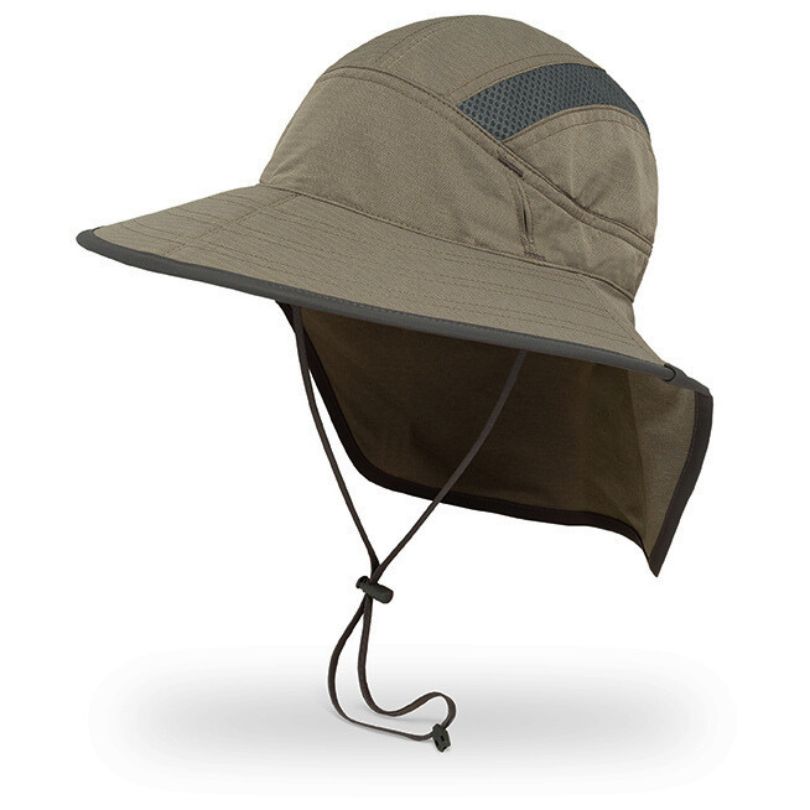
Outdoor Research Sombriolet Sun Hat: This hat features a UPF 50+ rating, moisture-wicking technology, and a removable chin cord.
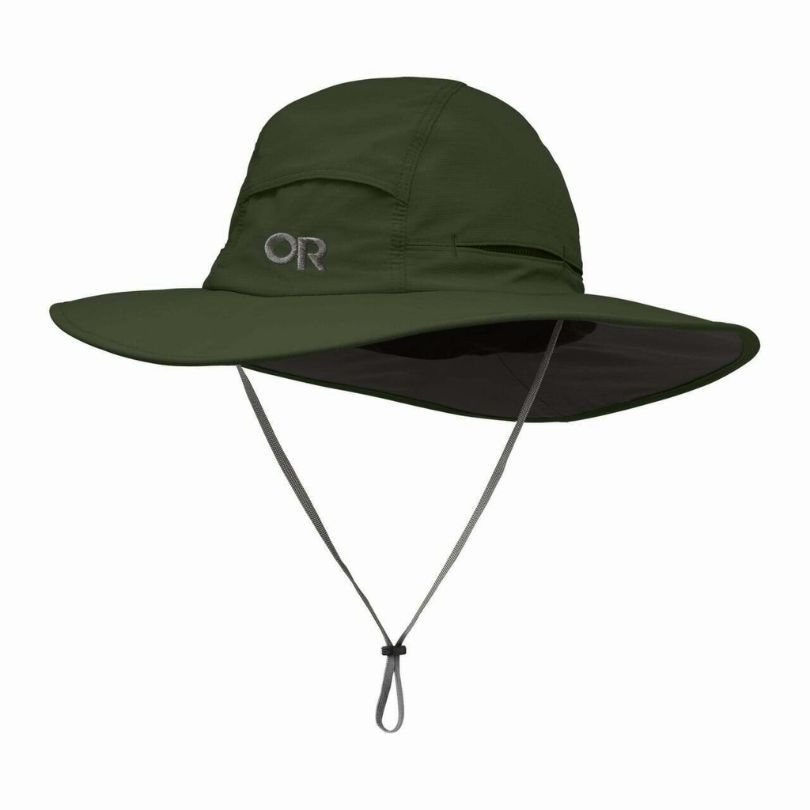
Tilley LTM6 Airflo Hat: With a UPF 50+ rating and breathable fabric, it’s ideal for long days outdoors.
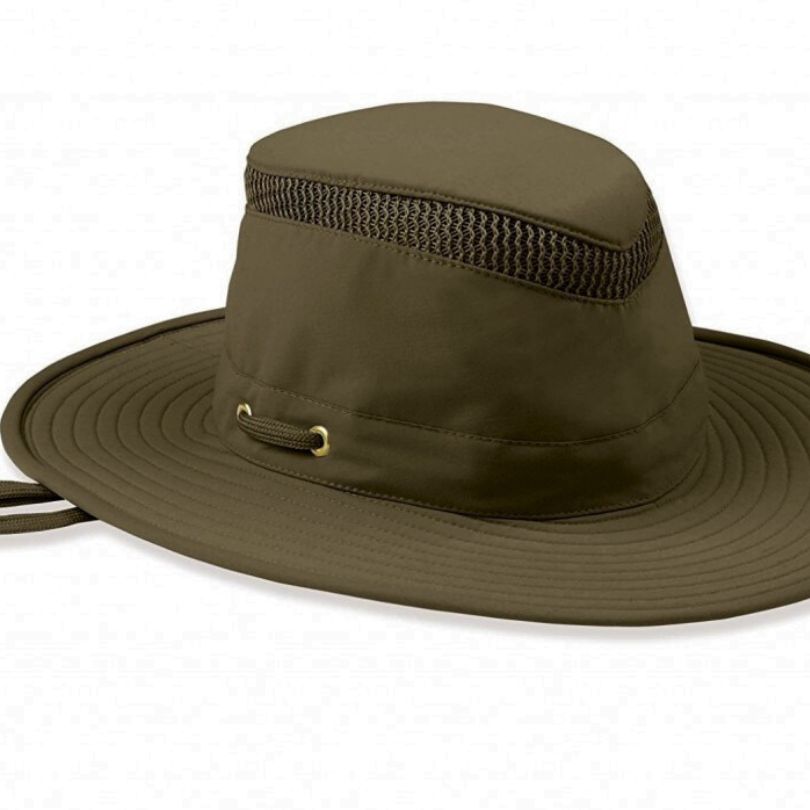
DPC Outdoors Solarweave Treated Cotton Hat: This classic bucket hat boasts UPF 50+ protection and a timeless style.
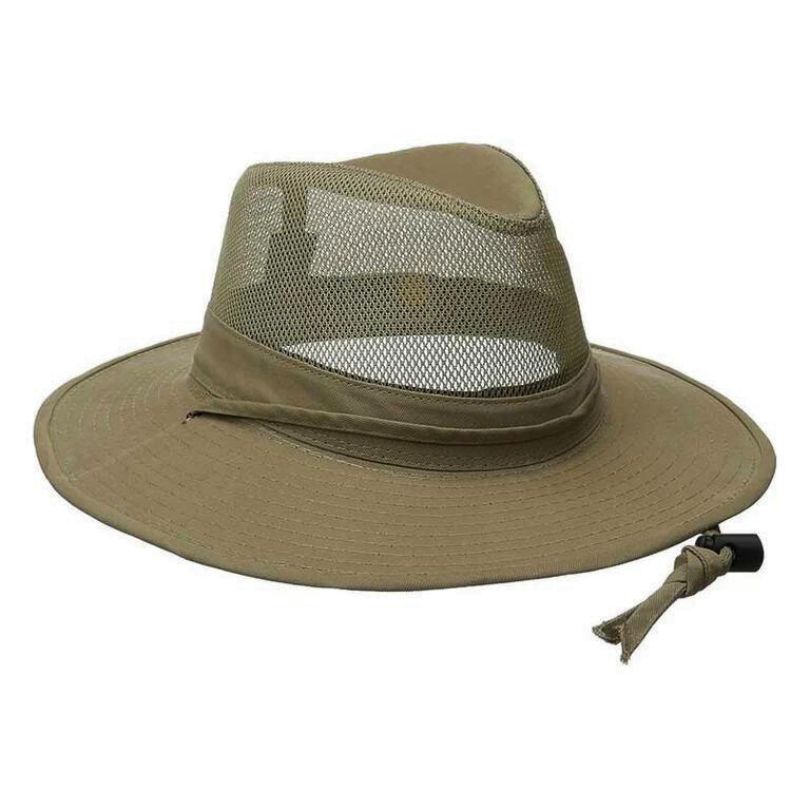
EINSKEY Sun Hat: UPF 50+ protection, adjustable chin cord, and wide brim make it a versatile choice.
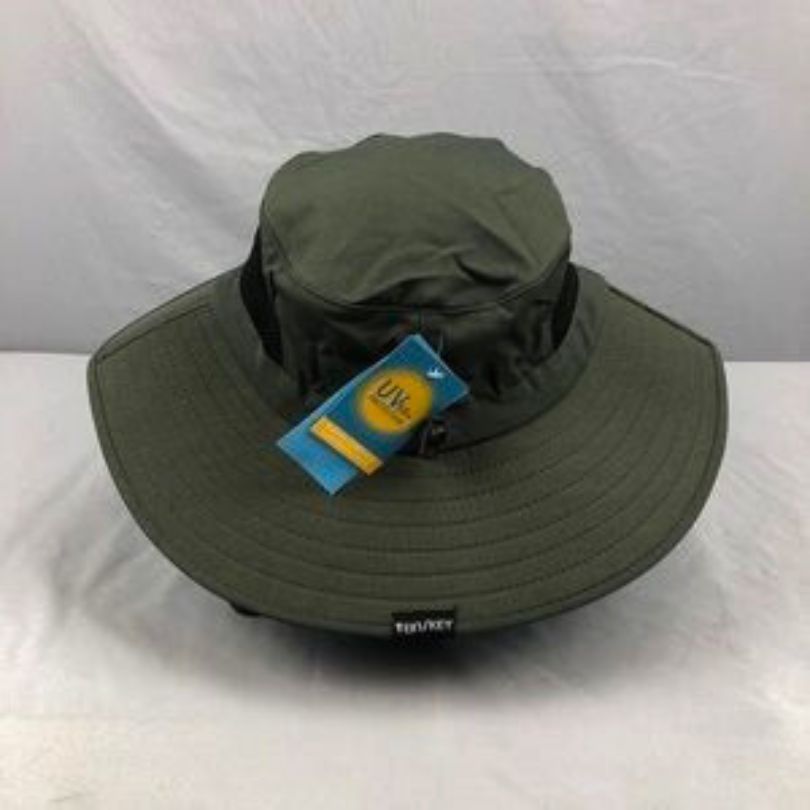
Quiksilver Pierside Straw Hat: Stylish straw hat with a UPF 50+ rating, suitable for casual outings.
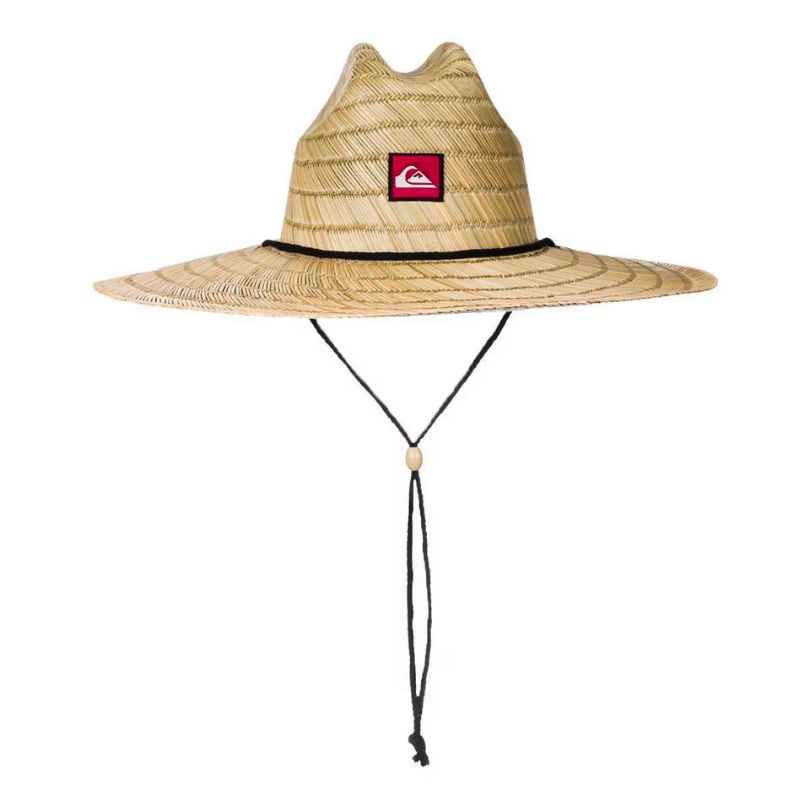
Wallaroo Hat Company Women’s Victoria is the best hat for sun protection women.
Frequently asked questions about how much sun protection a hat provides
How much sun protection does a hat provide?
Hats offer varying degrees of sun protection depending on factors like UPF rating, brim size, and materials.
What happens if you don’t wear a hat in the sun?
- Sunburn
- Skin damage
- Increased UV radiation exposure
- Risk of skin cancer
- Eye health risks
- Heat stroke potential
- Uncomfortable outdoor experience
What is UPF and how does it relate to hat sun protection?
A: UPF (Ultraviolet Protection Factor) measures a fabric’s ability to block UV radiation. Hats with higher UPF ratings offer better sun protection.
Can any hat provide sun protection?
While most hats offer some level of protection, those with wider brims and higher UPF ratings are more effective in shielding from UV rays.
How do I know if a hat provides sufficient sun protection?
Check the UPF rating on the hat’s label. Higher UPF ratings indicate better sun protection.
Is a wide-brimmed hat more effective than a baseball cap?
Yes, wide-brimmed hats provide better coverage for the face, neck, and ears compared to baseball caps.
Can I rely solely on a hat for sun protection?
While hats are beneficial, a comprehensive approach including sunscreen, protective clothing, and seeking shade offers better overall sun protection.
Are hats suitable for all outdoor activities?
Hats are versatile and suitable for various outdoor activities. Choose hats with appropriate features based on the activity.
Do darker-colored hats offer better sun protection?
Dark colors may absorb more sunlight, so choosing hats with higher UPF ratings is more important than color.
Can I wear any type of hat for sun protection?
Hats with wider brims, neck flaps, and higher UPF ratings are recommended for optimal sun protection.
Conclusion
In conclusion, hats stand as a reliable and practical tool in the realm of sun protection, offering a valuable defense against the harmful effects of UV radiation. By creating a physical barrier and shielding sensitive areas like the face, neck, and ears, hats play a pivotal role in safeguarding our skin from potential damage. As we venture outdoors, it’s crucial to remember that while hats are a powerful line of defense, they work best when paired with other protective measures like sunscreen and seeking shade. Embracing a balanced approach to sun safety, where hats, sunscreen, and shade harmonize, ensures that we’re taking the necessary steps to promote overall skin health and well-being. With the simple addition of a hat to our sun protection routine, we can enhance our outdoor experiences while keeping our skin safe from the sun’s harmful rays.

